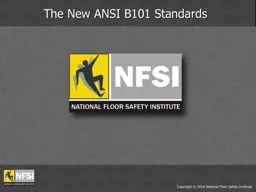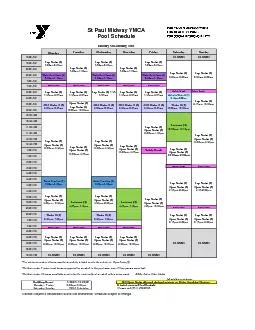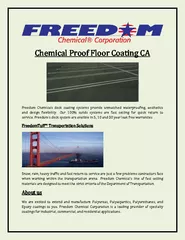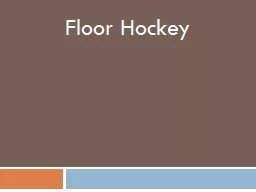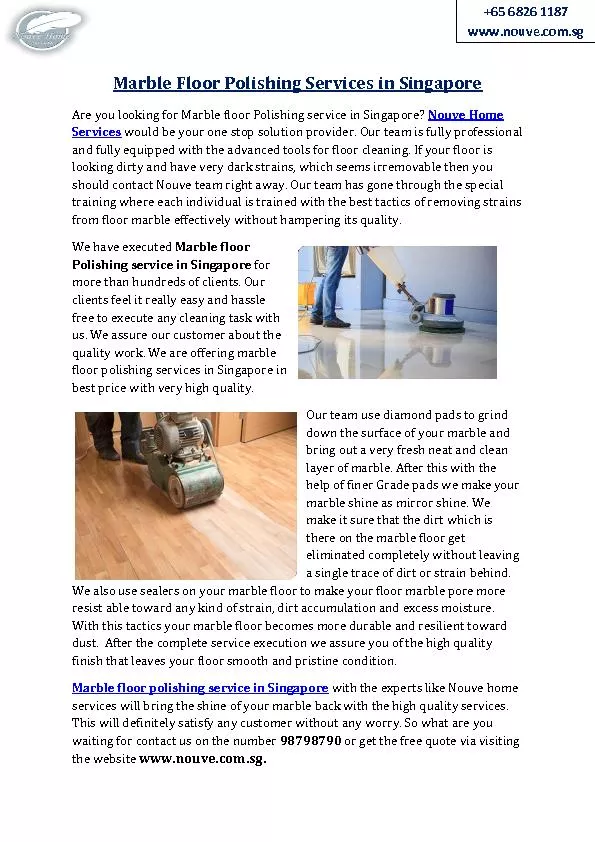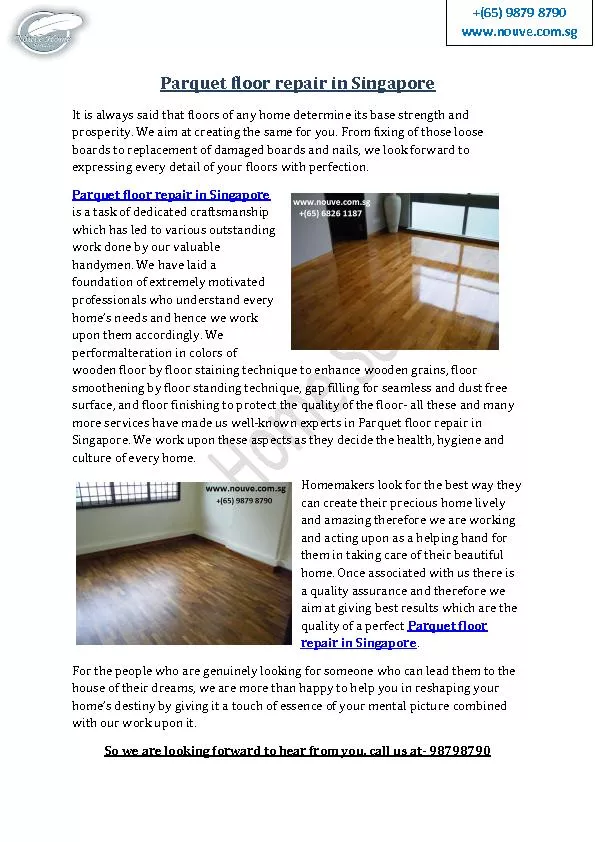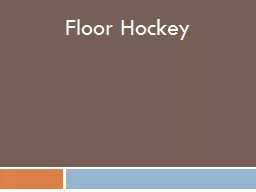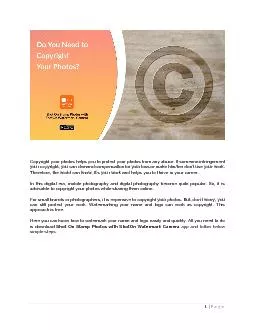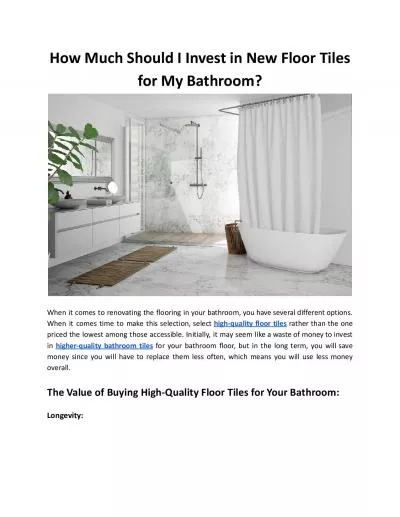PPT-Copyright © 2016 National Floor Safety Institute
Author : faustina-dinatale | Published Date : 2018-09-26
The New ANSI B101 Standards The NFSI B101 Committee on Slip Trip and Fall Prevention ANSI B1010 ANSI B10110 National Consensus Standards ANSINFSI B10112009
Presentation Embed Code
Download Presentation
Download Presentation The PPT/PDF document "Copyright © 2016 National Floor Safet..." is the property of its rightful owner. Permission is granted to download and print the materials on this website for personal, non-commercial use only, and to display it on your personal computer provided you do not modify the materials and that you retain all copyright notices contained in the materials. By downloading content from our website, you accept the terms of this agreement.
Copyright © 2016 National Floor Safety Institute: Transcript
Download Rules Of Document
"Copyright © 2016 National Floor Safety Institute"The content belongs to its owner. You may download and print it for personal use, without modification, and keep all copyright notices. By downloading, you agree to these terms.
Related Documents

